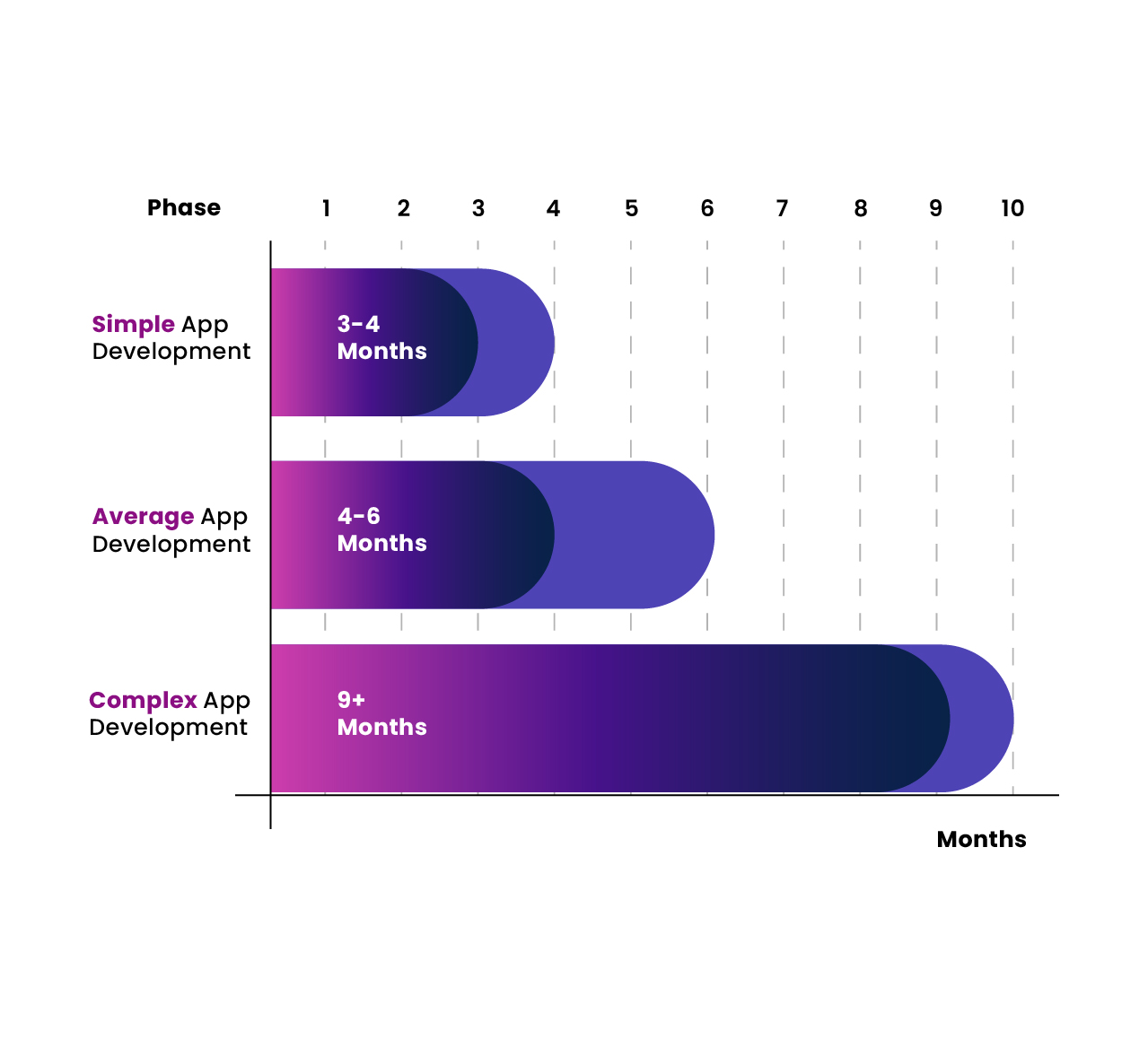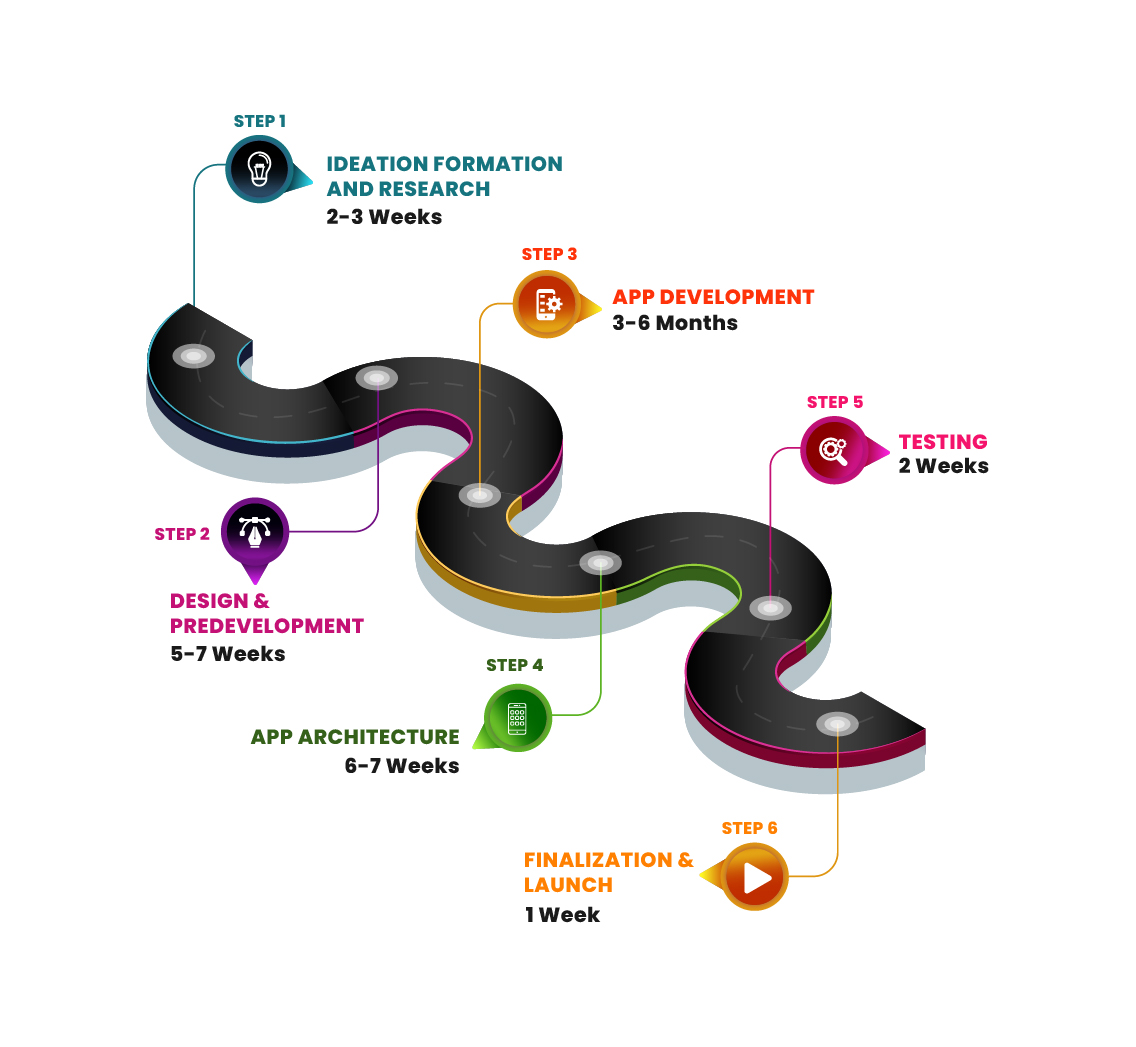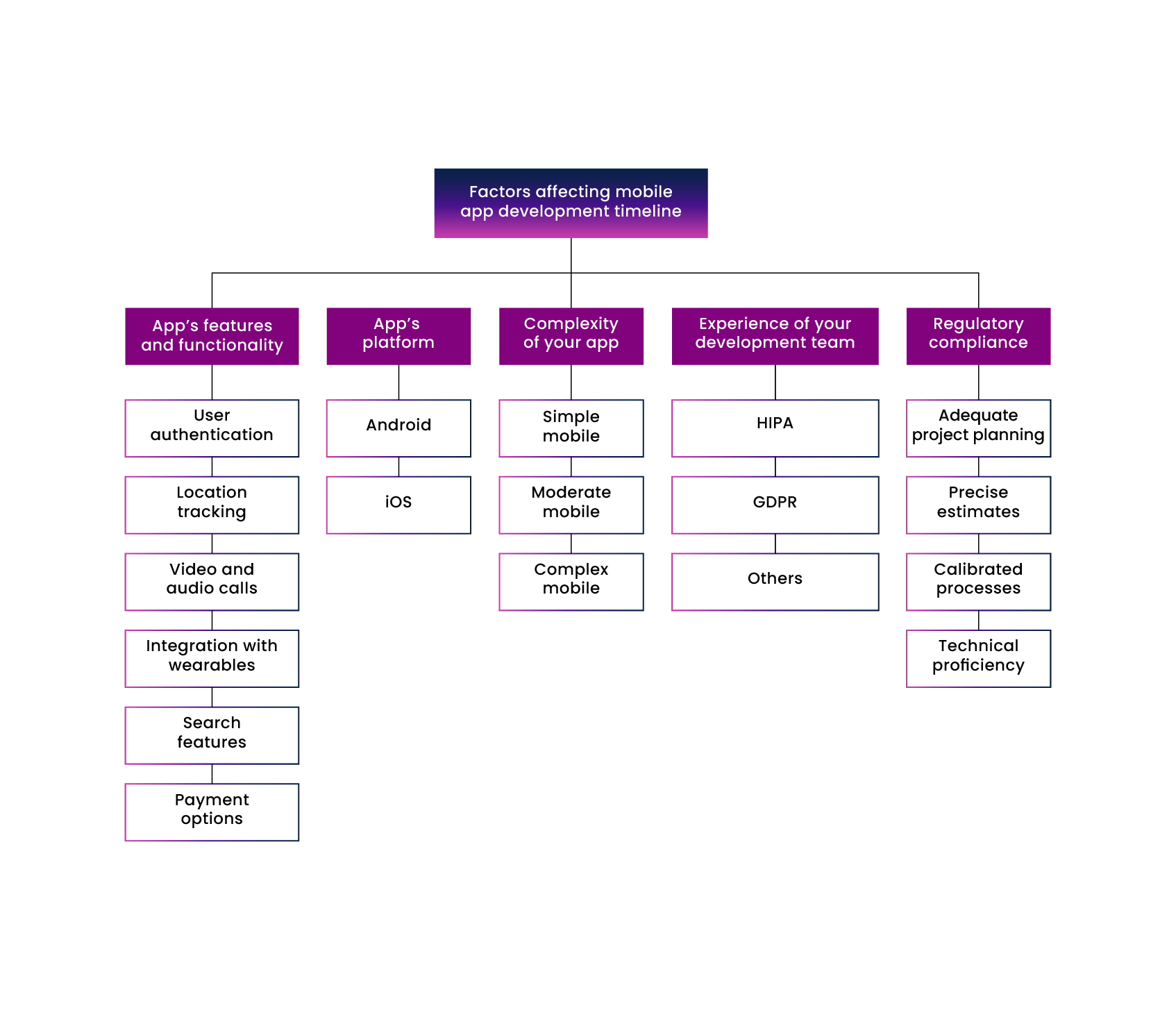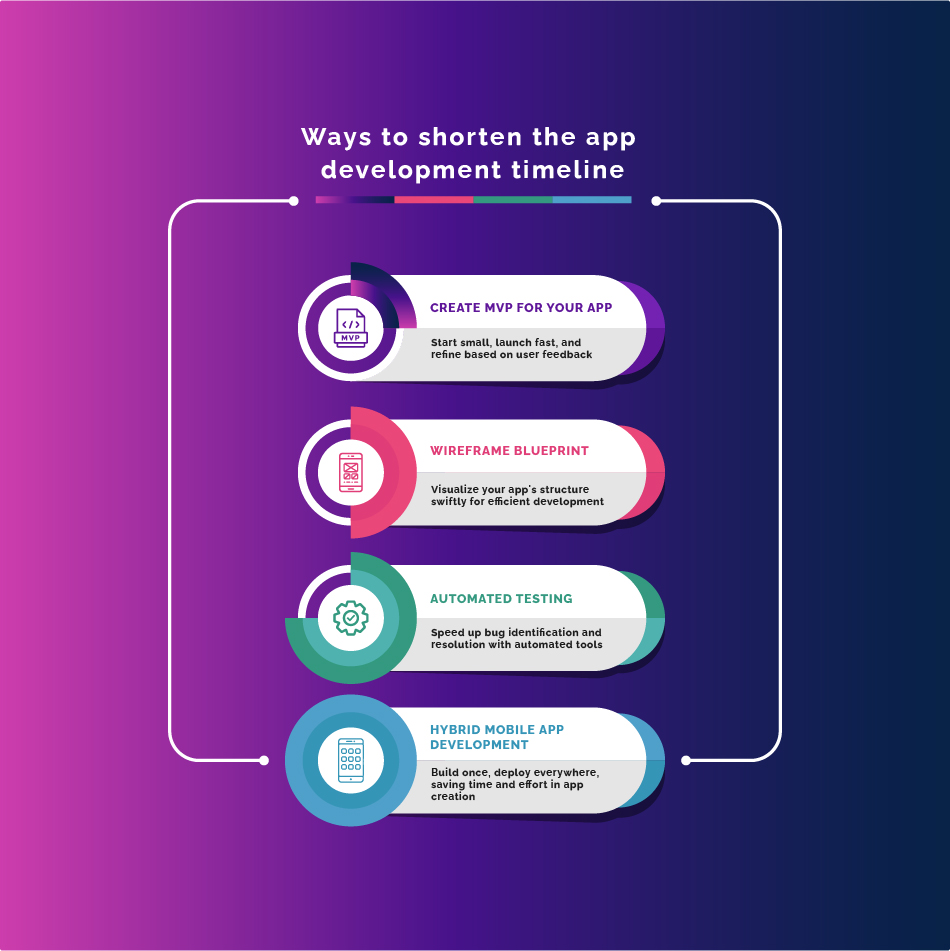- Home
- Website Designing
- Mobile Apps
- App Development Timeline
- Beauty Salon App development
- Cryptocurrency App Development
- Dating App Development
- Education App Development
- Escooter App Development
- Event Management App Development
- Fitness App Development
- Food Delivery App Development
- Grocery Delivery App Development
- House Cleaning App Development
- Insurance App Development
- Music Streaming App Development
- News & Magazine App Development
- Political App Development
- Real Estate App Development
- Restaurant App Development
- Social Media App Development
- Survey Mobile App Development
- Taxi Booking App Development
- Video Streaming App Development
- Custom Software
- SEO & PPC Tactics
- Portfolio
- Home
- Website Designing
- Mobile Apps
- App Development Timeline
- Beauty Salon App development
- Cryptocurrency App Development
- Dating App Development
- Education App Development
- Escooter App Development
- Event Management App Development
- Fitness App Development
- Food Delivery App Development
- Grocery Delivery App Development
- House Cleaning App Development
- Insurance App Development
- Music Streaming App Development
- News & Magazine App Development
- Political App Development
- Real Estate App Development
- Restaurant App Development
- Social Media App Development
- Survey Mobile App Development
- Taxi Booking App Development
- Video Streaming App Development
- Custom Software
- SEO & PPC Tactics
- Portfolio
How Much Time is required for App Development?
Answering this question involves delving into the development phases and the factors that influence the app development timeline. Below, we’ll break down the time required for each stage of mobile app development and address related concerns:
- How long does it typically take to develop an app from conception to completion?
- Which stages consume the most time?
- How can the app development process be expedited?
App Development Timeline Based on Complexity and Features
- Simple App Development: 3-4 months
- Average App Development: 4-6 months
- Complex App Development: Over 9 months
These timeframes represent the minimum duration needed for activities such as gathering requirements, seeking clarifications, designing, building, integrating feedback, and testing the final product.

Before embarking on app development, it's crucial to:
- Understand your app development timeline
- Identify ways to streamline the process
- Estimate app development costs
This initial phase involves identifying the target market and determining the type of app to develop.
Key Questions to Address
• What’s the core concept of the app?
• What type of app are you creating?
• Which platform will you target: iOS, Android, or cross-platform?
• What project management methods will you use?
• Who is the target audience?
• What’s the market size and share?
• What are the user personas and their behaviors?
• What pain points does the app address?
Action Steps
• Research similar apps in app stores using keywords.
• Determine market size and share.
This phase focuses on the app’s technical architecture, selecting platforms, and technologies.
Components
• Organizing code and using frameworks.
• Ensuring scalability, maintainability, and simplicity.
Steps Involved
• Define technical requirements: OS, device type, hardware/software needs.
• Choose technologies: programming languages, frameworks, libraries.
• Design the database: establish data model and connections.
• Create detailed technical design: data flow, algorithms, APIs.
Key Decisions
• Design UI and overall aesthetics.
• Define core features.
• Set clear tasks and milestones.
• Decide on the development platform (native, hybrid, web).
• Clarify app’s purpose, target audience, and problem-solving approach.
Tasks
• Create visual design elements: colors, fonts, graphics.
• Develop the app logo and icon.
• Produce wireframes and mockups for UI visualization.
• Consider color schemes, typography, and visual hierarchy.
This is the coding phase where the app is built based on the design and architecture.
Actions
• Write code: Follow the technical design and architecture.
• Implement UI: Develop design, navigation, controls.
• Integrate backend: Connect to database, utilize APIs, ensure data flow.
After development, the app undergoes testing to ensure functionality and usability. Once approved, it’s deployed to app stores.
Tasks
• Conduct unit testing: Test individual components.
• Perform integration testing: Test the app as a whole.
• Execute user acceptance testing (UAT): Validate with real users.
• Fix bugs and optimize performance.
• Deploy to app stores: iOS App Store, Google Play Store, etc.
Remember, these timelines are estimates and can vary based on project specifics, team size, and unforeseen challenges. Proper planning, clear communication, and agile methodologies can help manage and optimize the app development process effectively
After development, the app undergoes testing to ensure functionality and usability. Once approved, it’s deployed to app stores.
Tasks
• Conduct unit testing: Test individual components.
• Perform integration testing: Test the app as a whole.
• Execute user acceptance testing (UAT): Validate with real users.
• Fix bugs and optimize performance.
• Deploy to app stores: iOS App Store, Google Play Store, etc.
Remember, these timelines are estimates and can vary based on project specifics, team size, and unforeseen challenges. Proper planning, clear communication, and agile methodologies can help manage and optimize the app development process effectively
Building the App: Framework and Phases
Once the planning phase is completed and approved, the actual development of the app begins. Here’s a breakdown of the framework and phases involved:
1. The Frontend
Frontend development focuses on the user interface and visual components of the app.
Technologies Used: HTML, CSS, JavaScript.
Duration: Typically, 6 to 8 weeks.
Tasks
• Develop app layout, design, and UI elements.
• Render information from the backend server.
• Ensure functionality and user experience.
2. The Backend
Backend development involves creating the server and database to manage and serve dynamic data to the app.
Duration: Typically, 6 to 8 weeks.
Tasks:
• Set up a server for product inventory, user accounts, images, etc.
• Manage data retrieval and rendering on the app.
Considerations for Offline vs Online Apps
• Data Storage: Offline apps save data locally, requiring data synchronization, encryption, and conflict management.
• Network Connectivity: Online apps need constant connectivity, while offline apps need functionality without it.
• Limited Resources: Offline apps require optimization for limited storage, memory, and processing power.
Complexity: Backend development for offline apps may be more intricate due to the considerations mentioned.
3. Testing (2 weeks)
Testing ensures the app functions correctly, meets specifications, and is user-friendly.
Types of Testing
• Unit Testing: Testing individual code units.
• Integration Testing: Testing interactions between code units.
• Functional Testing: Ensuring app functionality meets requirements.
• Performance Testing: Checking app speed and responsiveness.
• User Acceptance Testing: Validating with real users.
Duration: Approximately 2 weeks, depending on app size and complexity.
4. Finalization and Launch (1 week)
Finalization involves refining the app, preparing it for deployment, and launching it to users.
Tasks
• Review and polish the app to ensure it meets all criteria.
• Make any last-minute modifications or tweaks.
• Prepare app for distribution with required files and configurations.
• Submit the app to app stores for approval.
• Launch the app once approved.
Duration: About 1 week to finalize and launch.
Post-Launch
Ongoing Maintenance: Development continues after launch to address issues and add new features.
Updates: Regular updates ensure the app remains relevant, functional, and valuable to users.
Remember, these timelines are estimates based on typical app development projects. Actual timelines can vary based on project specifics, team expertise, and unforeseen challenges. Effective communication, agile methodologies, and proper project management are crucial for successful app development and timely delivery.
Factors Influencing the Mobile App Development Timeline
Estimating the development time for a mobile app involves considering several factors. These factors can significantly impact the overall timeline, so it’s essential to be aware of them when planning your project. Here are key elements that influence the app development timeline:
The complexity and number of features directly affect the development timeline.
Examples of Features
• User authentication
• Location tracking
• Video and audio calls
• Wearable integration
• Search functionality
• Payment options
Impact on Timeline
• Basic content-based apps with simple features: 2-4 weeks.
• Apps with advanced features like geolocation, messaging, and payments: 5-6 months.
The app’s complexity relates to the number of features and user interaction levels.
Timeline Estimates
• Simple Mobile Apps: 1-2 months (1-2 main features, minimal interactivity).
• Moderate Mobile Apps: 3-4 months (real-time data, moderate complexity).
• Complex Mobile Apps: 5-7 months (games, GPS navigation, high user engagement).
Choosing between Android and iOS impacts development time due to different languages, tools, and technologies.
Timeline Impact
• iOS: Generally 20-30% less time than Android.
• Developing for both platforms requires separate native apps.
• Opting for native apps ensures optimal performance.
If the app must comply with regulations like HIPAA or GDPR, the compliance process can extend the development timeline.
The expertise and experience of the development team play a crucial role in project success.
Key Factors for Success
• Adequate project planning
• Accurate estimates
• Efficient processes
• Technical proficiency
Impact on Timeline
Inexperienced teams may lack core abilities and understanding of specific app development challenges.
Industry-specific expertise is vital (e.g., banking vs. healthcare apps).
Ways to Shorten the App Development Timeline
In today’s competitive landscape, mobile apps have become crucial tools for engaging with customers. As consumer demand for quick and convenient services rises, businesses must find ways to expedite app development without compromising quality. Here are some strategies to shorten the app development timeline:
Description: Focus on building a basic version of your app with core features.
Example: WhatsApp initially launched with chat functionality and later added video and voice calls.
Benefits:
Faster time to market.
Allows for user feedback and iterative improvements.
Simplifies the development process.
Recommendation: Check our blog on planning a lean MVP that scales.
Description: Use automated testing tools to ensure app security and functionality.
Benefits:
Ensures app security and data integrity.
Reduces manual testing time.
Enhances overall app quality.
Recommendation: Prioritize security by securing customer data in the cloud.
Description: Create low-fidelity wireframes to visualize app layout and design.
Benefits:
Provides developers with a clear understanding of the app’s structure.
Facilitates smooth collaboration between design and development teams.
Impact: Helps developers grasp the overall concept and user interface before starting the development phase.
Description: Develop cross-platform apps using frameworks like Ionic, React Native, Flutter, or Xamarin.
Benefits:
Single codebase runs on multiple platforms.
Faster development and deployment.
Reaches a broader audience without separate development for each platform.
How ZeOrbit Can Reduce App Development Time
While app development timelines can vary, employing proven strategies and tactics can streamline the process. ZeOrbit offers several methods to expedite app development:
Adopt an agile project management approach focusing on adaptability and rapid iteration.
Benefits:
• Faster delivery of functional features.
• Quick response to changes and feedback.
Build the app’s architecture to accommodate future growth and features.
Benefits:
• Minimizes the need for extensive rework.
• Prepares the app for future scalability.
Assemble teams with developers, designers, and specialists to work collaboratively.
Benefits
• Reduces coordination efforts.
• Enhances communication and efficiency.
Utilize cloud-based tools to eliminate infrastructure setup and maintenance.
Benefits
• Speeds up development time.
• Increases flexibility and scalability.
Contact ZeOrbit
If you’re looking to expedite your app development process or want to explore AI app development, ZeOrbit is here to help. With a proven track record of developing over 200+ successful mobile apps, we offer realistic estimates and expert execution to turn your ideas into profitable products.
Innovative thinking meets expert execution at ZeOrbit. Reach out to us today for a more efficient and streamlined app development experience.
FAQs on App Development Timeline
Here are some frequently asked questions about the app development timeline, app store approval processes, and user acquisition:

1. How long does it take for Google Play to approve your app?
Answer: Google Play Store administrators typically take 3 to 6 days to review and approve your app. While most apps are published promptly using standard publishing, some may undergo extended scrutiny, leading to a review and publication period of up to 7 days or even longer in certain cases.
2. How long does it take for the Apple App Store to approve your app?
Answer: The Apple App Store usually takes between 48 to 55 hours to review and approve an app. However, it's essential to note that the review process can be stringent and may take up to 4 weeks in some instances. Patience is key during this waiting period.
3. How long does it typically take to reach the first 1,000 app users?
Answer: Acquiring the first 1,000 app users can vary widely, ranging from one month to six months or even longer. The timeline depends on various factors such as your marketing strategies, efforts, and the quality of your services or app offering.
These timelines are general estimates and can vary based on the app’s complexity, quality, marketing efforts, and other factors. Proper planning, effective marketing strategies, and continuous efforts can help optimize these timelines and achieve better results.






